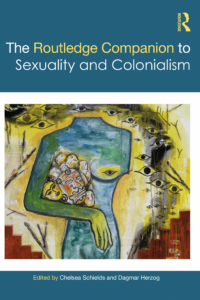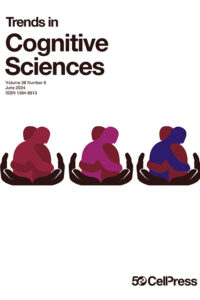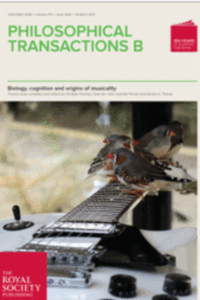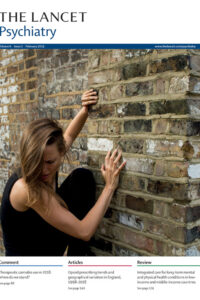About this Book
Unique in its global and interdisciplinary scope, this collection will bring together comparative insights across European, Ottoman, Japanese, and US imperial contexts while spanning colonized spaces in Latin America, the Caribbean, Africa, the Indian Ocean, the Middle East, and East and Southeast Asia. Drawing on interdisciplinary perspectives from cultural, intellectual and political history, anthropology, law, gender and sexuality studies, and literary criticism, The Routledge Companion to Sexuality and Colonialism combines regional and historiographic overviews with detailed case studies, making it the key reference for up-to-date scholarship on the intimate dimensions of colonial rule. Comprising more than 30 chapters by a team of international contributors, the Companion is divided into five parts:
- Directions in the study of sexuality and colonialism
- Constructing race, controlling reproduction
- Sexuality in law
- Subjects, souls, and selfhood
- Pleasure and violence.
About the chapter
In 1950 the Afrikaner National Party (NP) government passed the Immorality (Amendment) Act that criminalized extra-marital interracial sex between heterosexual white South Africans and people of other “races.” A fundamental objective of the NP, elected in 1948, was to protect whites’ mythical racial purity; therefore ending whites’ involvement in heterosexual interracial sexual relationships was of paramount importance. The NP’s absolute intolerance of interracial intimacy was an abrupt change in the government’s approach to an issue that has a complex history dating back to the mid-seventeenth century when the Dutch East India Company established a slave-based colony in the Cape. The regime’s rush to criminalize whites’ engagement in illicit sex across the color line after 1948 and the state’s rigorous enforcement of the law demonstrate that sexual regulation was at the heart of the apartheid project. Nevertheless, sexuality has yet to be sufficiently integrated into the prevailing dominant historical understanding of apartheid.




